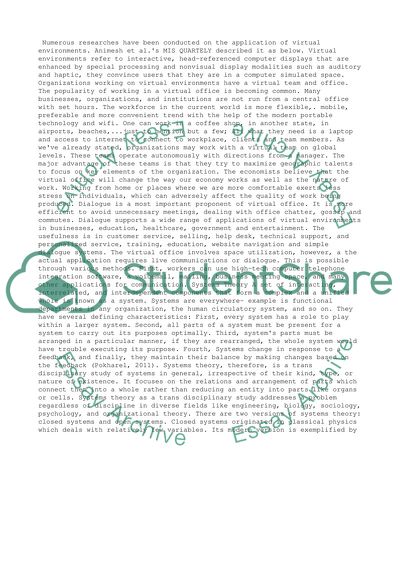Cite this document
(“Dialogues in Virtual Environment Term Paper Example | Topics and Well Written Essays - 2500 words”, n.d.)
Retrieved from https://studentshare.org/business/1393106-dialogue-in-a-virtual-environment
Retrieved from https://studentshare.org/business/1393106-dialogue-in-a-virtual-environment
(Dialogues in Virtual Environment Term Paper Example | Topics and Well Written Essays - 2500 Words)
https://studentshare.org/business/1393106-dialogue-in-a-virtual-environment.
https://studentshare.org/business/1393106-dialogue-in-a-virtual-environment.
“Dialogues in Virtual Environment Term Paper Example | Topics and Well Written Essays - 2500 Words”, n.d. https://studentshare.org/business/1393106-dialogue-in-a-virtual-environment.


